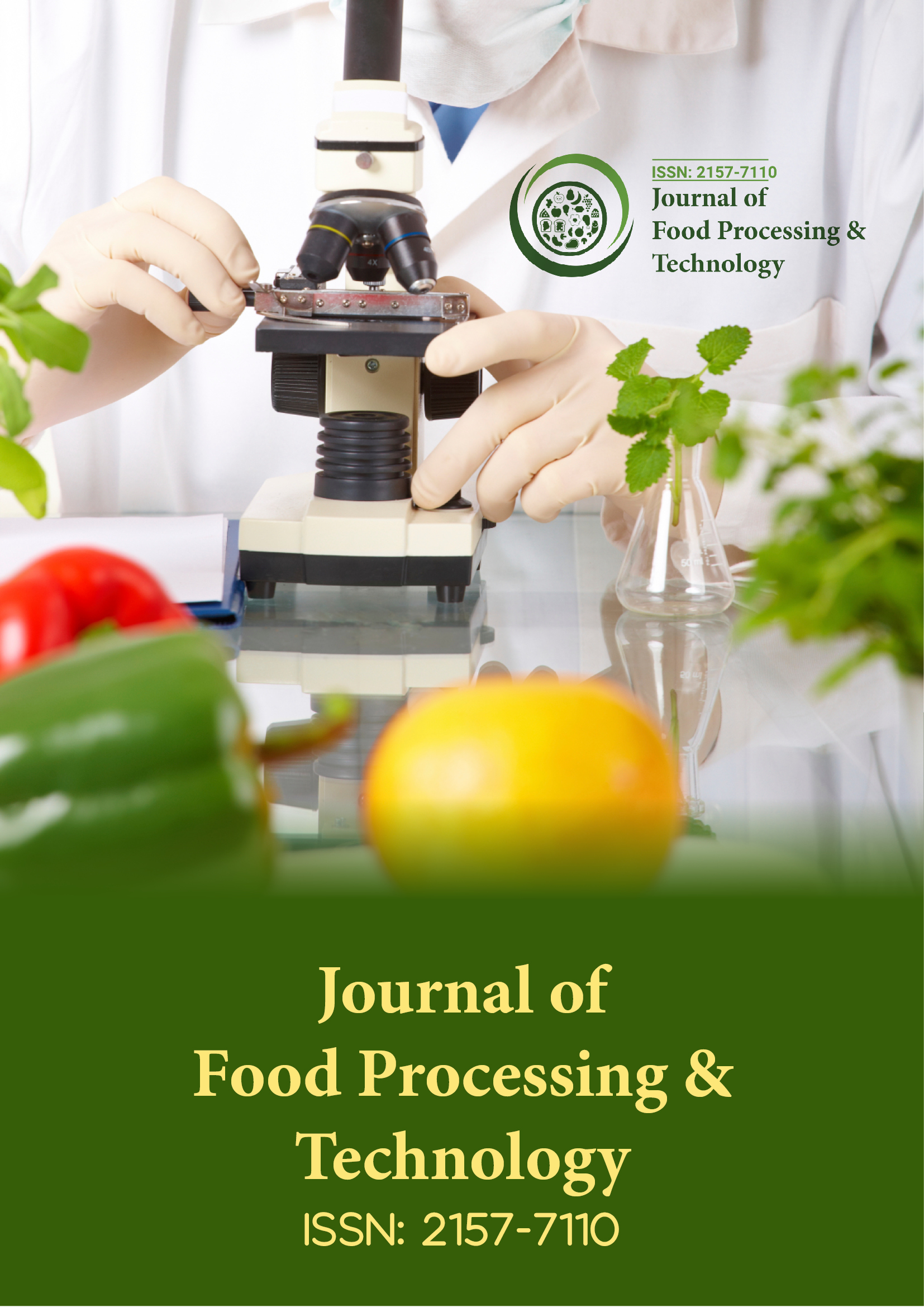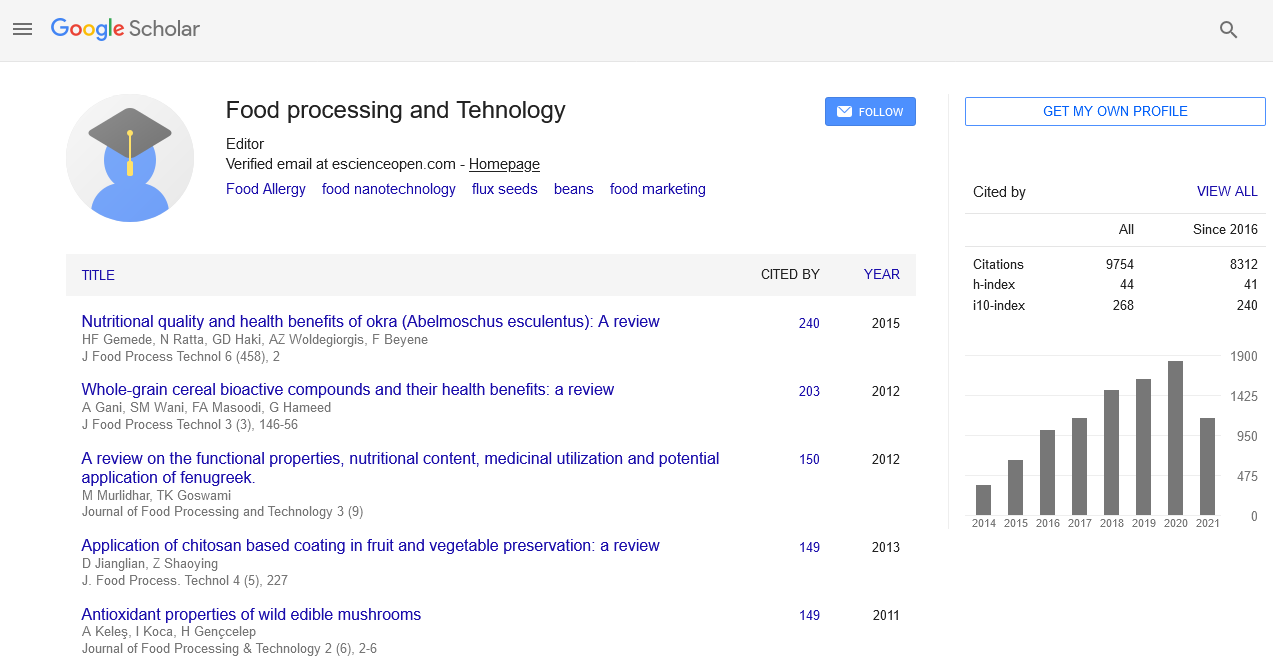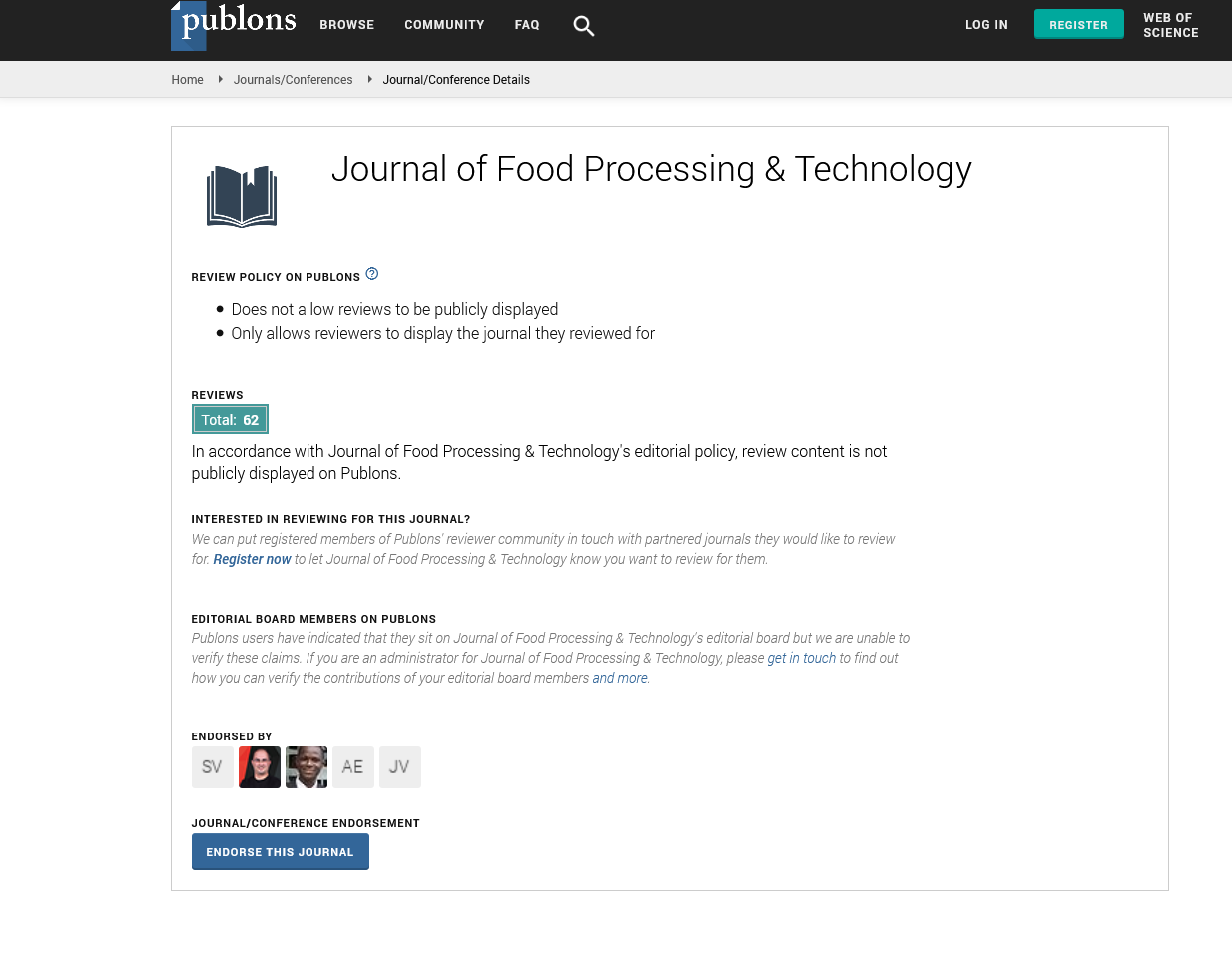Indexed In
- Genamics JournalSeek
- Academic Keys
- JournalTOCs
- China National Knowledge Infrastructure (CNKI)
- Access to Global Online Research in Agriculture (AGORA)
- Centre for Agriculture and Biosciences International (CABI)
- RefSeek
- Directory of Research Journal Indexing (DRJI)
- Hamdard University
- EBSCO A-Z
- OCLC- WorldCat
- Scholarsteer
- SWB online catalog
- Publons
- Euro Pub
- Google Scholar
Useful Links
Share This Page
Journal Flyer

Open Access Journals
- Agri and Aquaculture
- Biochemistry
- Bioinformatics & Systems Biology
- Business & Management
- Chemistry
- Clinical Sciences
- Engineering
- Food & Nutrition
- General Science
- Genetics & Molecular Biology
- Immunology & Microbiology
- Medical Sciences
- Neuroscience & Psychology
- Nursing & Health Care
- Pharmaceutical Sciences
Aerobic rice technology: Farmers strategy to fight impacts of climate change in Cagayan Valley, Philippines
Global Food Security and Sustainability Conference
September 05-07, 2016 Beijing, China
Flordeliza R Bassiag
Isabela State University, Echague, Philippines
Posters & Accepted Abstracts: J Food Process Technol
Abstract:
Philippines is experiencing the impacts of climate change that greatly affected the agriculture sector. Aerobic rice technology, a technology using water saving rice varieties was introduced and adopted by rice farmers in Cagayan Valley, Philippines way back in 2009 to increase their production. This study determined the extent of technology application of farmer-adopters in the region. The study utilized survey interviews and farm documentations to 120 rice farmers. The data was analyzed using descriptive statistics generated through SPSS. Majority (73%) of the farmers were males and their average age was 48 years old. More than half (59%) had incomes of US$900 to $1,300. All respondents reached secondary and tertiary school and 80% attended farming-related trainings. Respondents‚?? type of rice farm is flat (with scarce irrigation and rainfed) and their average farm size is 2.2 hectare (ha). Some (44%) of them sourced their water from the ground and from national irrigation systems while 48% sourced their farm inputs from own funds. Sources of information about ART were through researchers (41%) and Department of Agriculture extensionists (39%). Majority (34%) were new adopters and more than half (52%) affirmed to continue planting aerobic rice varieties. Most farmers grew aerobic rice varieties using organic fertilizer and natural farming, saving water by 75%. Their average yield ranged from 3.5 to 5 tons per ha. The yield is comparable to high yielding rice varieties that require huge amount of water and other farm inputs. The technology is feasible for water scarce and rainfed areas.
Biography :
Email: athinaflor_isu@yahoo.com


